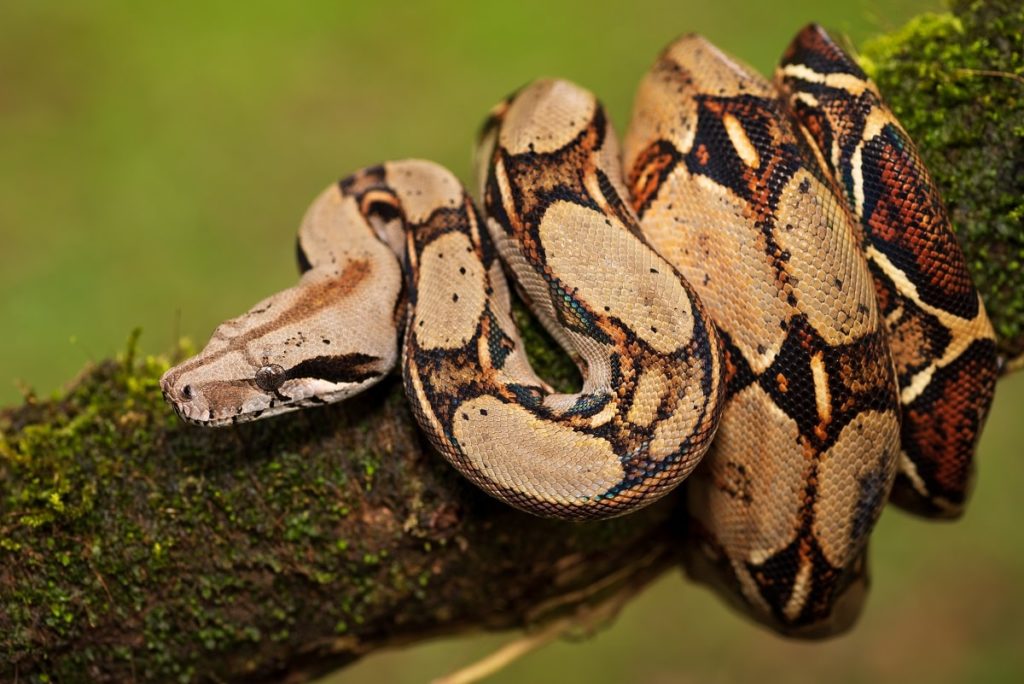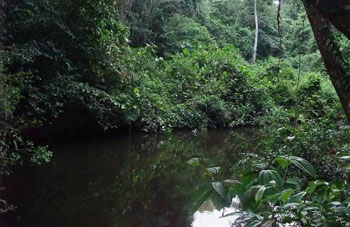

Considerable concern has been expressed over their impacts on south Florida ecosystems, particularly in ENP, where Burmese pythons consume primarily birds and mammals (Snow et al. 2007a).īurmese pythons are habitat and dietary generalists (Reed and Rodda 2009). The Burmese python is native to Southeast Asia and is established in natural areas in southern Florida such as Everglades National Park (ENP) (Snow et al. Many of the more than 40 exotic reptile species established in Florida are confined to urban or otherwise manmade habitats such as backyards and canals however, several species (e.g., Burmese python, Python molurus bivittatus) have successfully invaded natural habitats. The United States dominates the world trade in live reptiles (Hoover 1998 Franke and Telecky 2001), and the state of Florida alone currently hosts more established alien reptiles than any other state or nation (Meshaka et al. Invasive alien reptiles present an increasing challenge to conservation of biological diversity (Wilcove et al. We discuss implications of our findings for persistence and spread of introduced Burmese pythons in the United States and for maximizing their rate of removal. Some radio-telemetered pythons appeared to exhibit maladaptive behavior during the cold spell, including attempting to bask instead of retreating to sheltered refugia. Unusually cold temperatures in January 2010 were clearly associated with mortality of Burmese pythons in the Everglades. Body temperatures of eight dead telemetered pythons fluctuated regularly prior to 9 January 2010, then declined substantially during the cold period (9–11 January) and exhibited no further evidence of active thermoregulation indicating they were likely dead.


Only one of 10 telemetered pythons survived the cold snap, whereas 59 of 99 (60%) non-telemetered pythons for which we determined fate survived. Telemetered pythons had been implanted with radio-transmitters and temperature-recording data loggers prior to the cold snap. We observed behavior, characterized thermal biology, determined fate of radio-telemetered ( n = 10) and non-telemetered ( n = 104) Burmese pythons, and analyzed habitat and environmental conditions experienced by pythons during and after a historic cold spell. This makes it vulnerable to human disturbance.A recent record cold spell in southern Florida (2–11 January 2010) provided an opportunity to evaluate responses of an established population of Burmese pythons ( Python molurus bivittatus) to a prolonged period of unusually cold weather. The northern rubber boa has a ‘slow’ life history – a long life-span and a low reproductive rate. Why is the northern rubber boa in danger? Please do not stress the snake by picking it up. Most sightings occur around the hot springs area. The northern rubber boa is nocturnal, rare and seldom seen. Kootenay National Park is the northern limit of its range and the hot pools provide it with a rare and much needed source of heat. In Kootenay, it is found on rocky outcrops around the hot pools in Sinclair Canyon. It is found in rock-piles where it absorbs the warmth of the rocks and hides from predators. The northern rubber boa spends most of the day under cover, emerging at night to hunt small mammals and birds. It’s hard to know which end is which and it has been dubbed the two-headed snake. This snake resembles a rubber tube with a blunt tail and shovel-like snout. Yes, there are boa constrictors in Kootenay National Park! Don’t worry, they are not the man-eating kind the biggest thing they can tackle is a mouse.


 0 kommentar(er)
0 kommentar(er)
